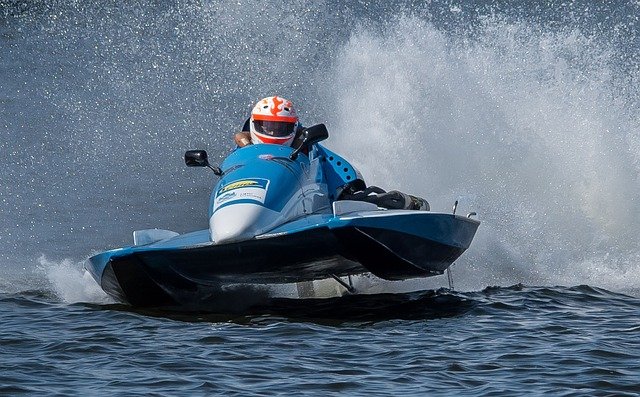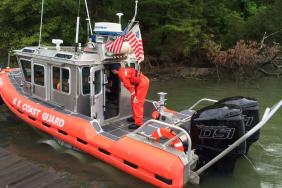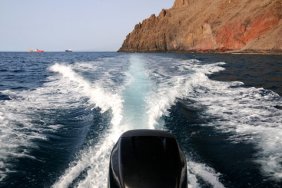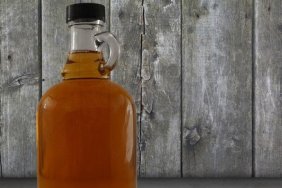Boat motors can be notoriously finicky, which is why after a certain number of days on the water without any engine, you start to feel like something bad is about to happen.
To stay confident your motor will get back to port, there are a few simple things you can to keep your motor at top performance. Here are six things to get your boat motor dialed in and prepared for anything.
Run it often
The main reason boat motors tend to break down easily is because they do not get run as often as, say, a car or truck motor. They are also on the water so they are susceptible to rust and corrosion. An easy way to keep your motor in good working order is to run the engine at least once a week even if you aren’t using the boat. Just turn it over and let it run for 10 to 20 minutes, preferably in gear if you can to get the oil flowing throughout the pistons.
Work it out
While simply running the engine is a good idea, actually working the engine out under some pressure is really the best way to keep the engine in good shape. Just like anything else, if you don’t use it, you can lose it. A good solid run for about a half hour on nearly full throttle is a great way to be sure you engine to perform to its optimal ability when you need it most.
Change the oil
Even if you haven’t run the engine very much, it’s a good idea to change the oil in your boat motor at least once a year. Changing the oil on a boat is not nearly as easy as it is in a car. That’s because you can’t just pop the plug and put a drain cup underneath it. Instead, you need to pump the oil out. Once it’s mostly drained, change out the oil filter and fill her up again and you’re good to go.
Change the fuel filters
Next you should think about the fuel filters. Changing these is a relatively easy job. Just turn off the fuel supply valve near to the tank. Then remove the filters with a bucket or cup underneath to catch any fuel that might spill. When you replace the filter you’re going to need to bleed the fuel lines first at the fuel filter then by using either a fuel bleed valve or by loosening the injector heads.
Keep spare parts
An essential aspect to safe boating is to keep on board a healthy supply of spare parts including filters, belts and hoses. You should also be sure to have some extra fuel and oil to refill any replacement filters. It’s also a good idea to keep spare electrical wires and of course any tools and hardware you might possibly need. Better safe than sorry on the water. There won’t be any auto parts store in the middle of the ocean so you will need to be prepared.
Fresh water flush and rinse
If you have an outboard engine, one of the most important things you can do, especially if the motor sits for extended periods of time, is to flush it with fresh water. You can do this by attaching a hose to a special attachment or using a garbage pale strapped to the engine so that it flushes freshwater through the cooling system. In this way, corrosive salt buildup can be washed away.
Photo credit: Maxpixel








